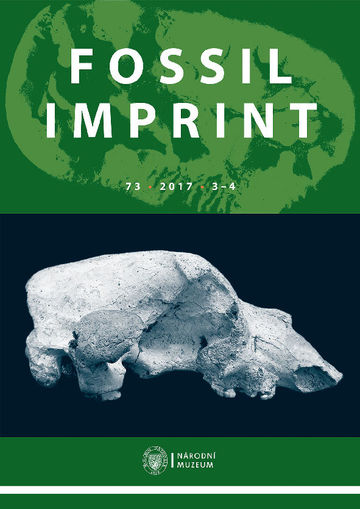The new Early Miocene bat records from the Molasse sites of South Germany
Valentina V. Rosina, Michael Rummel
Fossil bats are described from deposits of the Upper Freshwater Molasse of the Forsthart and Rembach sites in East Bavaria of South Germany (MN 4). The material comprises 13 fragments, representing at least six different species, all belonging to Vespertilionidae. A fossil form from Rembach, close…

